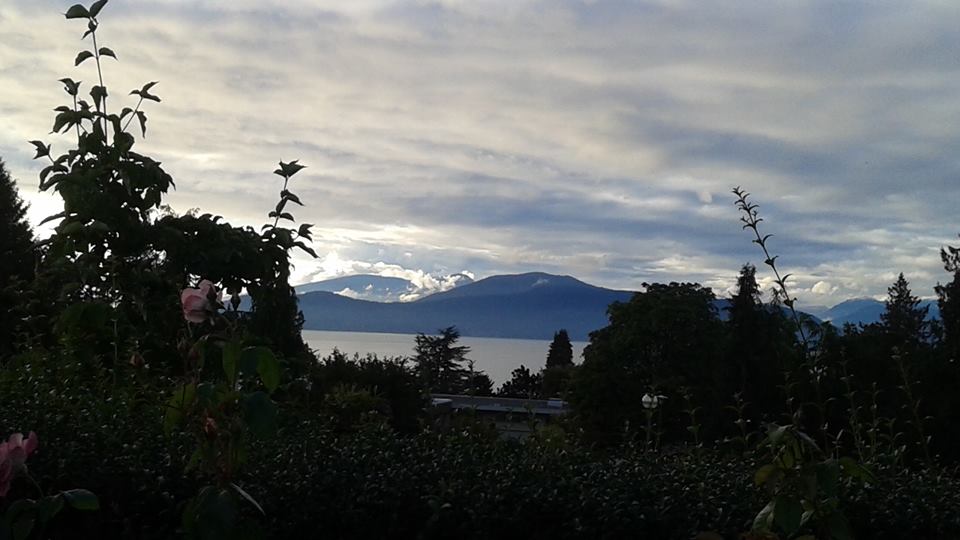Before humans there were animals, and they lived together in harmony. Birds, rabbits, cats, dogs, bears, wolves, and creatures of all kinds shared fields, forests, rivers, lakes and food, of which there was an abundance. For many years these animals lived as equals and all was well.
One day, as Rabbit was grazing in the meadow with the other animals, he looked up and saw Hawk soaring through the sky. Hawk landed gracefully in the middle of the meadow and was immediately surrounded by the other animals, who peppered him with questions about his journey. The animals delighted in Hawk’s stories, where he would tell of his travels over lush landscapes, deep valleys and oceans blue. Hawk had the gift of flight, and he could go where no rabbit could. As Hawk told his story, Rabbit began to feel the stirrings of jealousy in his heart.
Rabbit turned to Mouse and said softly, “That Hawk…Are you sure you trust him?”
“Why, whatever do you mean Rabbit?” said Mouse.
“You’ve seen how quickly Hawk spills from the sky to snatch his prey. And look at those talons! So sharp they are. He could snatch you right up before you even saw him coming.”
“Oh, Rabbit…” said Mouse. “He wouldn’t!” Mouse began to shiver.
Seeing the effect he had had on the mouse, with growing bitterness Rabbit began to tell his wicked tale to anyone who would listen. Soon rumours began to spread that Hawk had caught and killed a frog. No, it was a spider. No, a mouse! Soon the animals shifted from admiring Hawk’s pointed beak and knifelike talons to being afraid of them.
As fear spread among the animals, hatred grew. Mice became afraid of Cat’s claws and fangs, and so they hid from her. Wolves grew threatened of Buffalo’s size and strength, and so they became enemies. Animals would tell their children tales about the animals of whom they should be afraid. Gone were the days of harmony, which gave way to Predator and Prey. Soon, raccoons killed hawks, hawks killed snakes, snakes killed mice and so on. This is how evil came into the world.
Rabbit was filled with regret over the stories he had told. But once you tell a story, you cannot take it back.
When I told this story out loud, I obviously forgot a few minor details. I didn’t tell it exactly as it was written, and my tone was conversational with plenty of um’s and ah’s. The people I told my story to focused on details that I didn’t think about when I was writing and telling the story. They thought the story was about jealousy and spreading rumours. I was also asked why I “blamed the animals” for bringing evil into the world and not humans. I think telling a story out loud really illustrated for me how much listeners have the power to respond to, change, and interpret an oral story.
I loved Thomas King’s take on storytelling- stories can be dangerous, and they can be powerful. Stories matter, and they should be treated with care.
Works Cited
